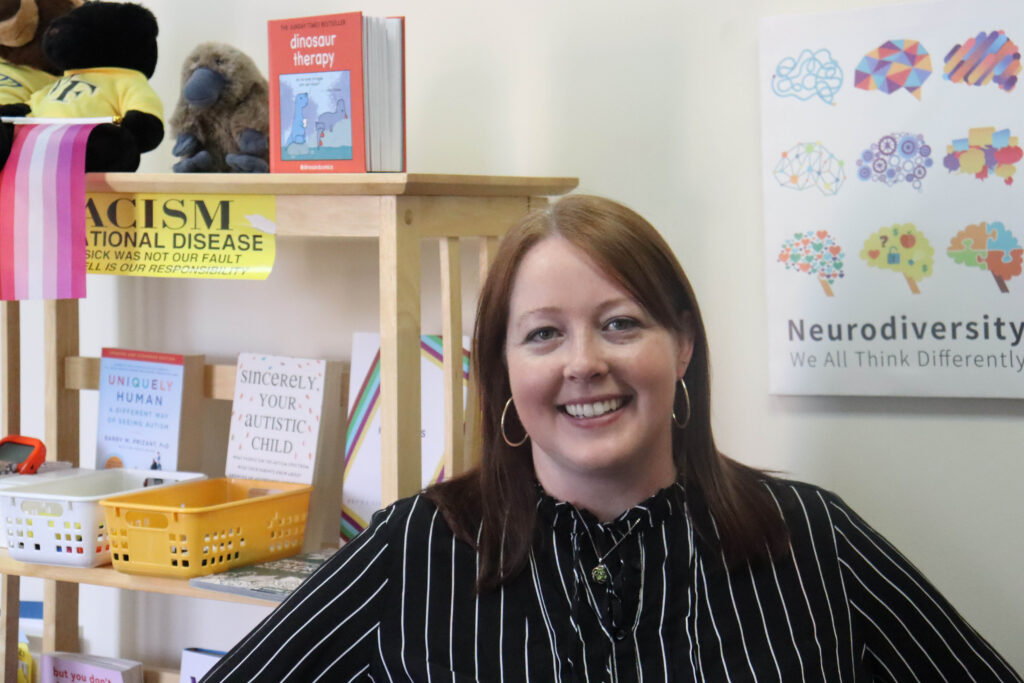What is
Neurodiversity?
Judy Singer first coined the term Neurodiversity in 1998 in her thesis titled: Odd people in: The birth of community amongst people on the “Autistic Spectrum:” A personal exploration of a new social movement based on neurological diversity. Singer argued that neurodiversity refers to natural differences in how humans think, learn, and behave and that all differences must be preserved and included. Neurodiversity includes several conditions that are traditionally pathologized, including Autism, Attention-Deficit/Hyperactivity Disorder (ADHD), Tourette Syndrome, and Learning Differences (e.g., Dyslexia, Dyspraxia, and Dyscalculia). Neurodiversity is not intended as an alternative term or synonym for “disability,” whether related to mental health or physical health. Moreover, neurodiversity does not require a formal diagnosis, but rather takes into account that the human brain, cognition, and behavioral traits are variable and diverse (Azevedo et al., 2022).

So, what does all of that mean?
In a nutshell, Neurodiversity is the understanding that all brains have intrinsic differences in their development and that these variations are natural, with no need to fix or cure them. Neurodivergent individuals experience and interpret the world in unique ways, resulting in innovative ways to problem solve, communicate, and engage. Neurodiversity is a valuable and meaningful part of the human spectrum, and neurodivergent experiences should be amplified and uplifted. The neurodiversity movement has also promoted self-diagnosis and self-identification as neurodivergent as being valid. This is to address the lack of access to evaluations and diagnoses experienced by many across the U.S.
As a therapist, I believe in neuro-inclusive, client-led, approaches to therapeutic interventions. As a professional, I tackle societal barriers that block access to diagnosis, education, and success.
Books to Read
- Garcia, E. (2021). We’re not broken: Changing the autism conversation. Houghton Mifflin.
- Silberman, S. (2015). Neurotribes: The legacy of autism and the future of neurodiversity. Penguin.
- Siegel, B. (2018). The politics of autism. Oxford University Press.
- Silberman, S. (2015). Neurotribes: The legacy of autism and the future of neurodiversity. Penguin.
